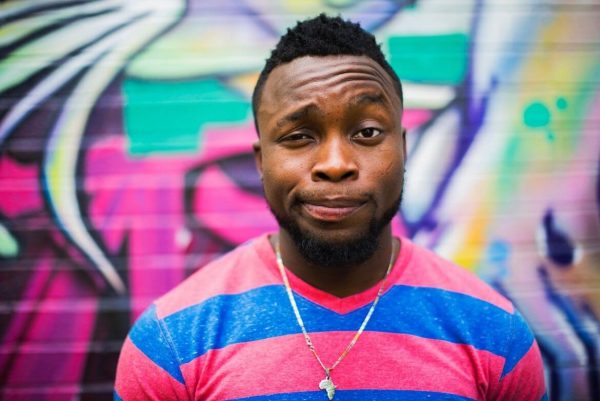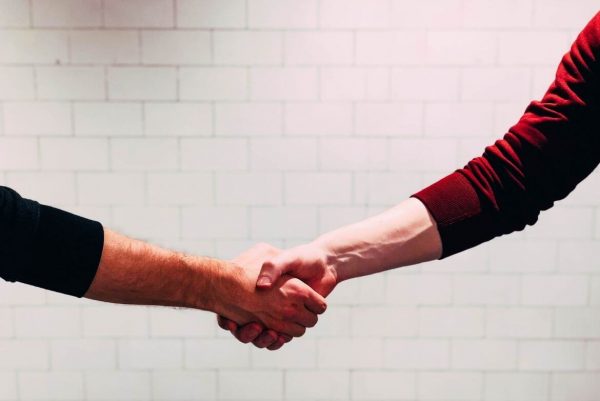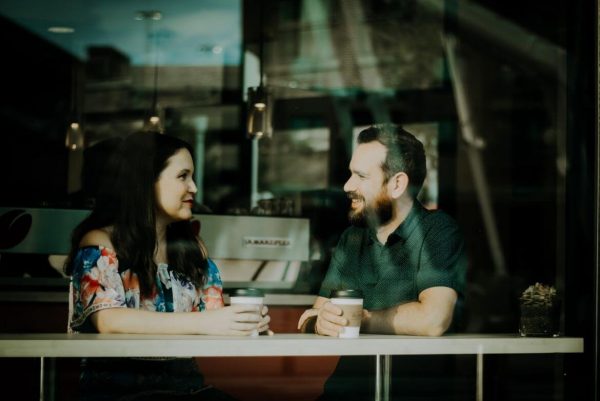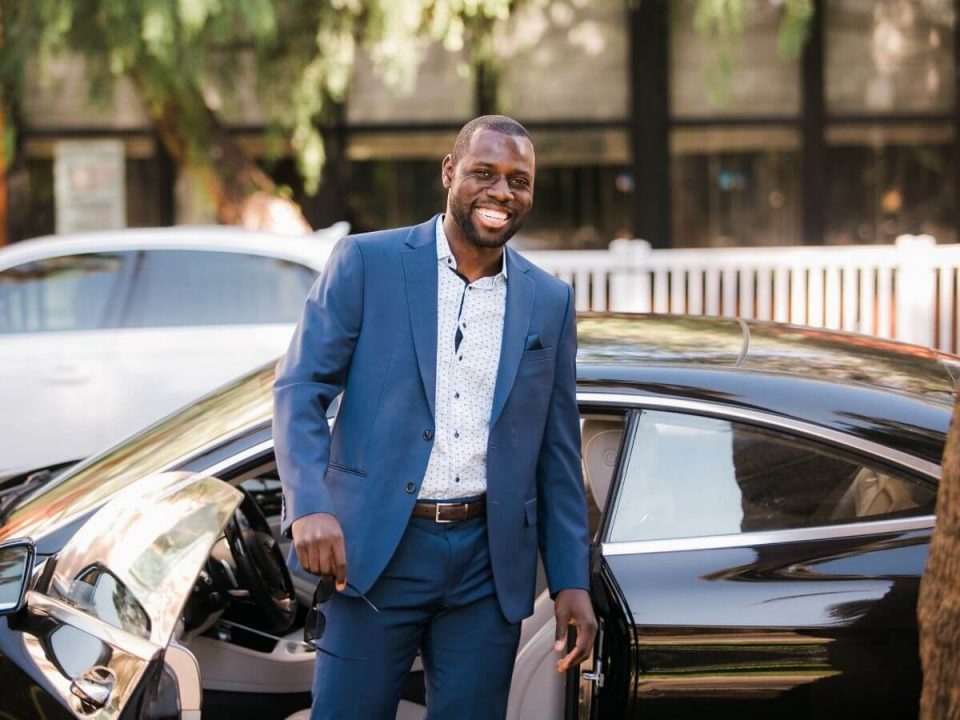Even when you don’t say a word, your body speaks. It tells people who you are, what your values are, and most of the time, what your social status is. Like any language, it can also be lied in, however a certain level of communication is still happening whether it’s true or not.
Table of Contents
 Reading/ Controlling body language
Reading/ Controlling body language
For sure, studying body language works, however, to a certain point. If you start to learn how to observe carefully, and read about the science behind our motions, there is an impressive amount of non-verbal information that you can get from the others.
If you keep practising, in time, you can get used to reading people’s body language. Based on studies, the harder part is learning how to control your own body language. You may need to practise in front of a mirror intensively in order to hide or misrepresent your internal thoughts and feelings. However, just like getting to read other’s motions, it can be done by anyone, without any special talent or skills needed.
Common body language signs and meanings
Let’s take a look at the meaning of the most common stances which are applicable for both men and women.
 Body posture
Body posture
- A dominant, controlling pose is usually reflected by a confident stance: shoulders and hips facing forward, with the vitals (stomach, chest and neck) uncovered. In this instance the arms hang comfortably at the sides, with the hands on the hips or clasp behind the back (not in front which would show a more defensive posture);
- An aggressive/ angry stance pushes the body’s weight forwards. In this case, the legs are usually close together, most of the time with the dominant leg slightly leading forward. The entire upper body tends to lean forward towards other people’s personal space;
- A defensive person tends to take a different stance, with the body pointed to another direction than the person in front of him/ her. The shoulders raise and the chin lowers, while the arms are usually held close to the body, crossed or clasped in front of it.
Hand gestures
- Open palms usually show sincerity, trust, openness, willingness to listen and cooperate. We see this very often at celebrities or politicians’ waving to the public;
- Hiding the palms or curling a fist is an indicator of aggression or defensiveness. Good examples in this case can be The Roman (and later the Nazi) salute or the demonstrators pumping clenched fists;
- Touching the face is usually associated with anxiety or dishonesty, while touching the back of the head can be a sign of someone who needs comforting or soothing;
 Handshakes
Handshakes
- A dominant handshake turns the palm downward, determining the other person to turn upward to meet it. Nothing bad in showing dominance in a handshake, as long as it doesn’t invade the other person’s personal space or it doesn’t come with a bone-crushing grip which might be a sign of aggressiveness;
- A submissive handshake is usually represented by the palm turned upwards, so that the other person comes down to cup it. It is a good way to put people at their ease, or to show sincerity when apologising;
- A two-handed shake may be a little invasive to use with strangers. Use it when you want to articulate your thoughts or feelings, if you have a special connection with the other person.
 Reading the eyes
Reading the eyes
Unlike hand gestures and body postures, eye movements happen so quickly and subconsciously that it’s difficult to fake them.
- Blinking is normally a reaction to stress. Short and fast blinks can indicate agitation, while frequent slow blinks could be a sign of struggling to focus;
- A gaze pointed towards someone’s lower face (from the eyes down to the chin) indicates attention being paid to that person;
- A wider gaze that focuses on the entire face is a good sign; it can indicate positive feelings or even a physical attraction;
- A gaze pointed above the head upwards of the eyes implies that the watcher feels dominant or superior. You can bring people’s eyes lower by using different hand gestures.
Mixed signals and overall mood
- Fear and agitation determine closed, defensive gestures such as crossed arms, lower heads, reduced personal space. Overall, the gestures become smaller, while the eye contact is brief;
- Fast movements and invading the other person’s personal space might be a sign of aggression;
- Confidence and even dominance usually takes an open posture (spread legs, puffed chest, raised chin, etc.), rather than defending the vitals. Movements are contained, without invading the other person’s personal space.
Body language tricks to attract women
Most of the time men know, or they think they know, how to talk to women, however their body language doesn’t work for them. Here are a few tricks that can help you be more charismatic and confident with women:
- Mirroring her moves can help you build a level of familiarity with a woman which might get her to come talk to you.
- Avoid crossing your arms!hand This gesture is a clear signal of “do not approach”.
- Walk confidently, sticking your chest out and bringing your shoulders back. Avoid walking with your head down or hands in your pocket.
- Space out without invading somebody else’s space. For example, if you are in a bar, lean back in your seat and do not shrink into a small space. This is a sign of cooperation and confidence.
- Fix yourself in her presence. Don’t be afraid to let her see you fixing your hair or arranging your shirt, as she can only be flattered that you are trying to look your best for her.
- Be flirtatious. Remember that in certain social situations, women like to be checked out. Let the woman you like see you checking her out and smile when she does it.
- Have your palms exposed as this will show that you are open and approachable. Don’t exaggerate, but find some open, palm-up gestures as you talk or interact.
- Watch your stance. Lock your shoulders back, keep your chin up as much as possible and leave your arms at your side. This will show confidence and strength.
- Maintain a fluid eye contact. Smile, while looking at her in the pupils, and then look away, so it doesn’t seem too intense.
Body language goes far beyond these simple basics outlined in this article. Many books have been written about it, and many researches have been conducted to explore the reasons behind our movements. Following a few simple rules can help you create a better image about yourself in the others’ eyes in certain situations.
